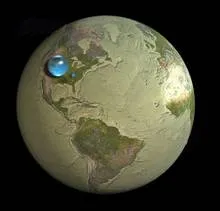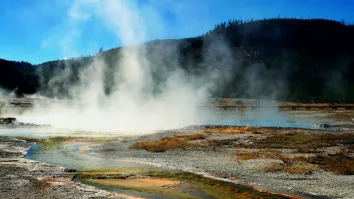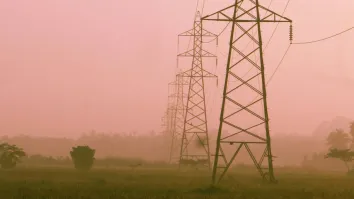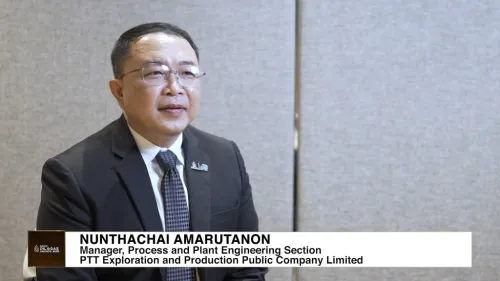
Water, water everywhere but not a drop to drink!
By Dale GerstenslagerOn a planet that is nearly 75% covered with the stuff why would we ever say that?
The answer of course is that the 75% is salty unsuitable seawater and with seven billion of us to soon be calling this home the little freshwater that is not spoken for is rapidly disappearing.
So what does that have to do with Power? Plenty, because analysts say that it takes 3 to 4 kilowatt-hours to produce 1,000 liters (a cubic meter) of potable water. The same energy would power thirty 100 watt light bulbs for an hour. That doesn’t sound like much but when you multiple that by the 68 million cubic meters of desalinated water produced in 2010 you’d need around 238 million kilowatts.
In 1992, the United Nations made March 22 World Water Day. Every year on that date, people worldwide join together to raise public awareness about what many believe to be the world’s most serious health issue—unsafe and inadequate water supplies. Today more than a billion people—almost one-fifth of the world’s population—lack access to safe drinking water.
By 2020 the desalinated water produced is expected to increase to over 120 million cubic meters needing 420 million Kilowatts and it will most likely continue an upward spiral. That’s the projections, but there are many variables that could be game changers.
One of the promising prospects is the expansion of nuclear energy to supply the power to evaporate the water. This is already being done in several places and under consideration in others. Nuclear and other technological breakthroughs have the potential to radically alter the desalination landscape.
By 2020 three quarters of the world’s population is expected to be living within 60 kilometers of a coast. If the cost factor, which seems to run all over the board from $0.49 to over $3.00 per cubic meter of desalinated water can be solved then not only will the energy rich countries of the Middle East embrace the technology, but it will become a solution anywhere there is an ocean.
To give you an idea of just how much, or rather how little water we really have checkout the graphics by the U.S. Geological Survey that demonstrate what no amount of words could ever hope to convey.
See Figure 1.
The largest sphere represents all of Earth's water, and its diameter is about 1,386 kilometers with a volume of 1,386,000,000 km3. The sphere includes all the water in the oceans, ice caps, lakes, and rivers, as well as groundwater, atmospheric water, and the water in you, your dog, and your tomato plant.
The second blue sphere represents the world's liquid fresh water which is 10,633,450 km3.
The third sphere (a dot really) represents the fresh water in all the lakes and rivers on the planet or 93,113 km3. Courtesy of the US Geological Survey.
Of all the water on earth only 3% of the surface water is fresh and most of that is stored in glaciers, or as snow, or…leaving only 1% easily accessible in lakes and rivers. For further perspective, in 1989 there was 9,000 cubic meters of freshwater per person. By 2000, this had dropped to 7,800 cubic meters and by 2025 it is expected that every man, woman and child’s share will have shrunk to 5,100 cubic meters.
To further complicate the problem consumption is growing twice as fast as the population and researchers say that use will triple in the next 50 years.
Desalination is not new by any means; Thomas Jefferson decreed that a schematic of the process be printed on the back of all maritime departure certificates so seamen, or women, wouldn’t lack this basic survival information. That was a couple hundred years ago and although the physics hasn’t changed the technology certainly has.
According to Global Water Intelligence, “desalination is set to become a $17 billion industry by 2016. Just this year, it jumped to $8.9 billion from $5 billion last year. And as even more water is demanded for energy processes, it will nearly double in the next four years.”
When you consider: the need the urgency, the opportunities and the demand, the desalination industry is going to be a powerful force on the global stage for years to come.
See Figure 2.




















 Advertise
Advertise







